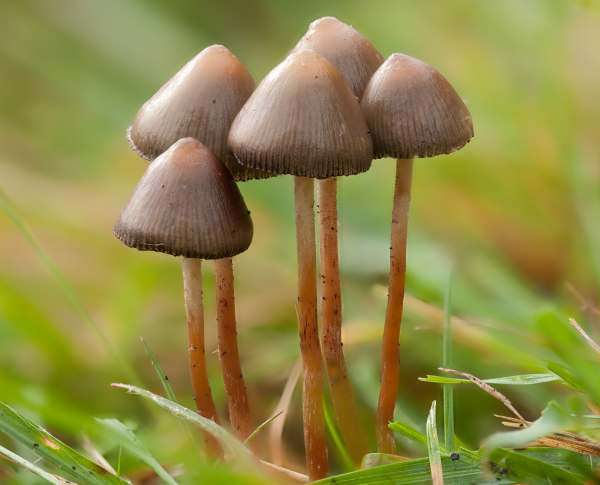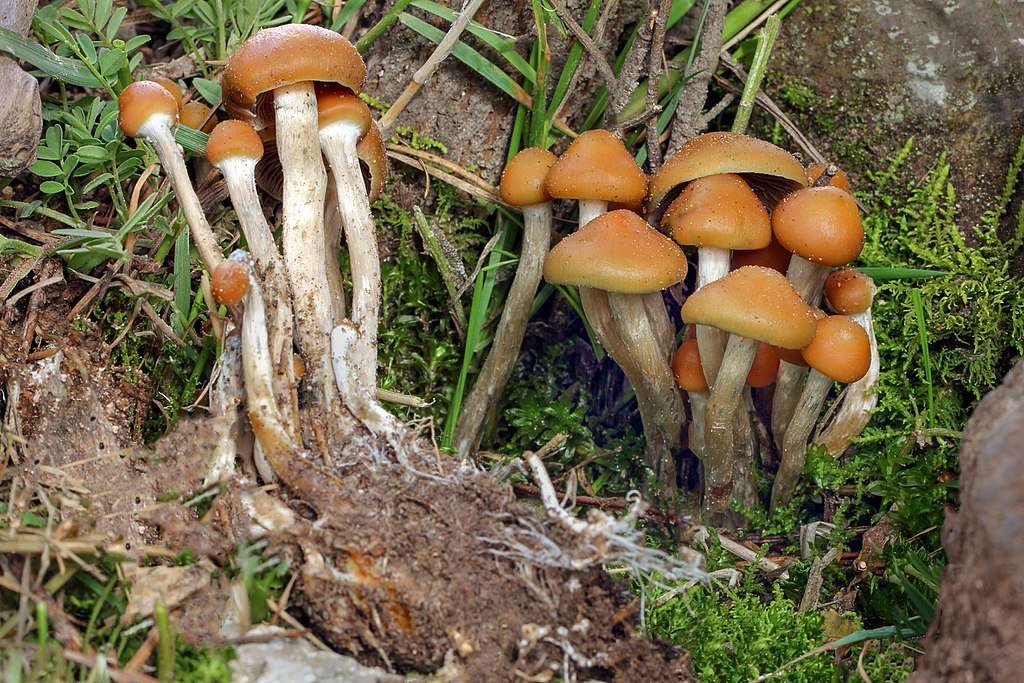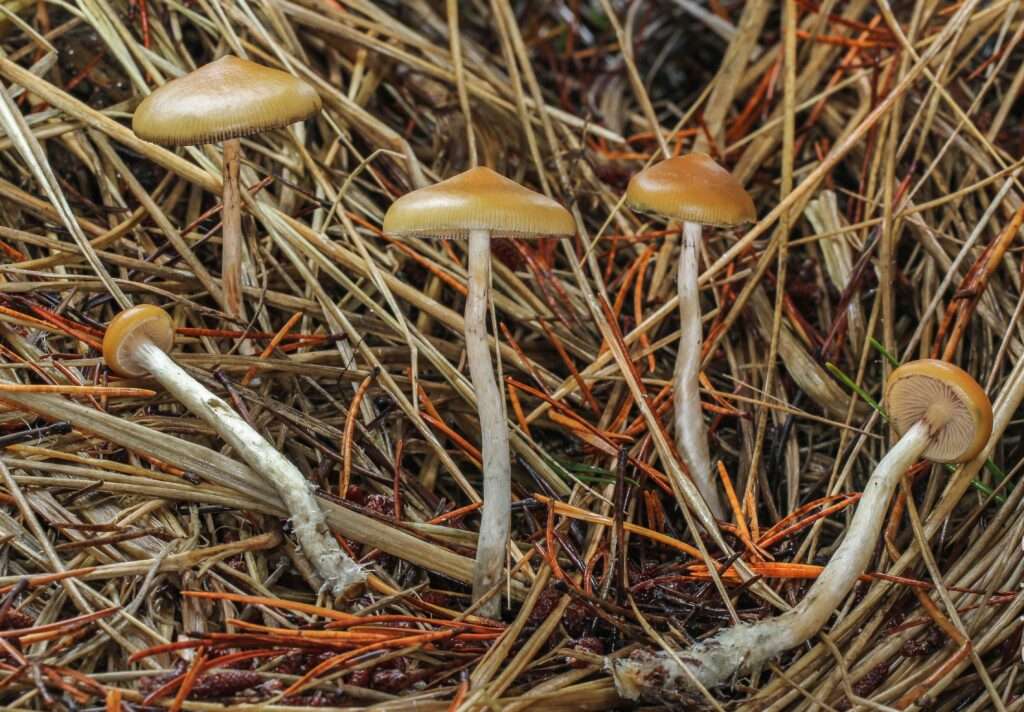
Scientific name
Pholiota microspora
Description
Nameko mushrooms are smaller to medium in size, with caps ranging in size from 2 to 5 centimeters and thin, straight stems. The smooth, spherical caps vary in color from orange to amber and have a glossy shine due to a natural coating of gelatin on the surface. The tops will gradually flatten and flare as they age. There are numerous pale yellow to white gills beneath the crown, as well as the stem is tan, 5-7 cm long, delicate, and thin. They are firm and velvety when cooked, with a cashew-butterscotch scent and a moderately nutty, fruity and earthy flavor.

Habitat
They often grow in little clusters and are found in Asian oak and beech forests. In Japan, Nameko mushrooms are the most widely grown. When the temperature goes below 50 degrees Fahrenheit for the first time in the fall, the cold-sensitive mushroom nameko normally fruits
Uses/Importance
Nameko mushrooms are well-known for the polysaccharide jelly that drips from their surface. This has a terrific flavor, is crisp, soft, and fresh, and is highly popular in cuisine. This polysaccharide is highly valued in medicine. Nameko can protect you from infections and viruses since it contains nutrients, antibiotics, minerals, amino acids, proteins, and antioxidants. They have no fat, cholesterol, or gluten. People frequently incorporate them into a good diet for weight reduction since they are low in calories.
Nameko mushrooms have high levels of selenium, which has antioxidant, anticancer, and anti-inflammatory effects and aids in the prevention of cancer, thyroid illness, heart disease, and cognitive decline. Nameko mushrooms are high in calcium, which is an essential component for muscle and bone growth. Nameko mushrooms contain a polysaccharide that improves nerve function.
Table





